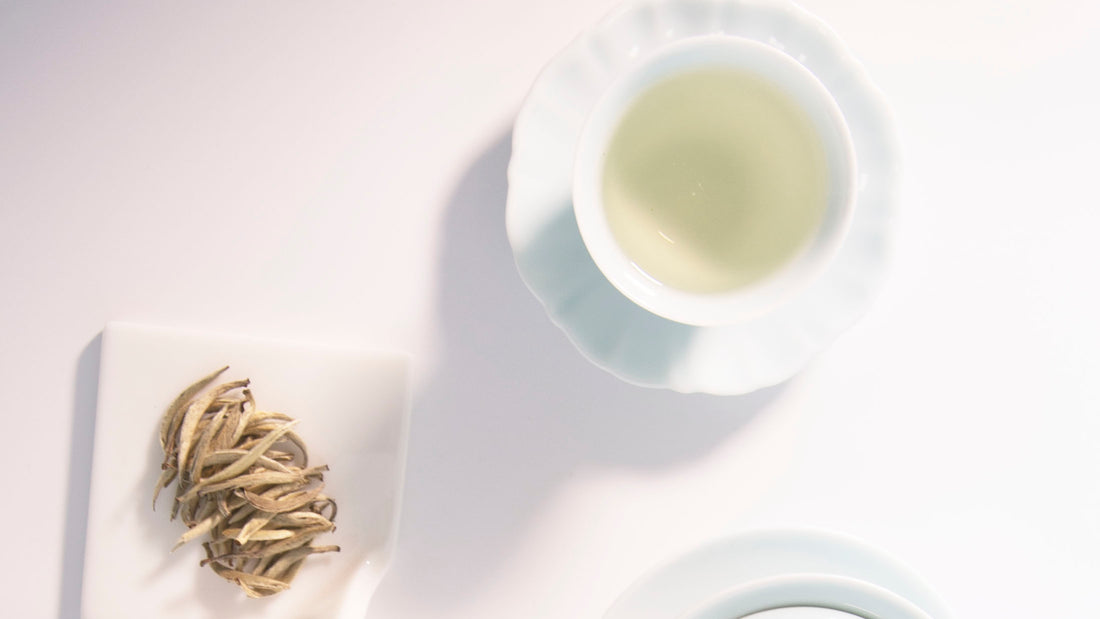
White Tea vs. Green Tea: Understanding the Quality Difference
Share
White tea and green tea are often celebrated as two of the most healthful and delicate teas available. Both originate from the Camellia sinensis plant, yet their differences in processing, flavor, and quality set them apart. For tea lovers trying to decide between these two options, understanding their unique characteristics is key. Let’s dive into the quality differences between white tea and green tea.
Processing: The Fundamental Difference
The main distinction between white tea and green tea lies in how they are processed:
White Tea: White tea is minimally processed. The young tea buds and leaves are plucked and then allowed to wither and dry naturally. This gentle handling helps preserve the tea’s natural antioxidants and delicate flavors.
Green Tea: Green tea undergoes more processing to stop oxidation. The leaves are quickly heated—either by steaming (common in Japanese green teas) or pan-firing (typical in Chinese green teas)—to lock in their fresh, grassy flavor. The result is a tea with more pronounced vegetal notes.
Flavor Profiles: Subtle vs. Vibrant
White Tea: Known for its light, sweet, and floral notes, white tea is ideal for those who enjoy a gentle, soothing cup of tea. Its flavor is often described as subtle and refined, making it perfect for moments of relaxation.
Green Tea: Green tea offers a more vibrant and assertive flavor profile, often with grassy, nutty, or even umami undertones. It’s a favorite for those seeking a refreshing and energizing drink.
Health Benefits: How Do They Compare?
Both white tea and green tea are packed with antioxidants, but they offer slightly different health benefits:
White Tea: With its minimal processing, white tea retains high levels of catechins, a type of antioxidant known for combating free radicals, boosting immunity, and promoting skin health. It’s also lower in caffeine, making it a good choice for those sensitive to stimulants.
Green Tea: Green tea is rich in epigallocatechin gallate (EGCG), a powerful antioxidant linked to heart health, weight management, and improved brain function. Its slightly higher caffeine content can also provide a mild energy boost.
Appearance and Quality
White Tea: Premium white tea, such as Silver Needle, is made from the youngest buds covered in fine white hairs, giving it a delicate, silvery appearance. The quality of white tea is often judged by its uniformity and freshness.
Green Tea: High-quality green tea leaves are vibrant green and can be tightly rolled, flat, or needle-shaped, depending on the variety. The color and aroma of the leaves are good indicators of freshness and quality.
Brewing Differences
To bring out the best in each tea, proper brewing is essential:
White Tea: Use water that is around 75°C to 85°C (170°F to 185°F) and steep for 3-5 minutes. Overheating the water or steeping too long can overpower its delicate flavors.
Green Tea: Use slightly cooler water, around 70°C to 80°C (160°F to 175°F), and steep for 2-3 minutes. This helps preserve its fresh, grassy taste without introducing bitterness.
Which One Should You Choose?
Your choice between white tea and green tea ultimately depends on your preferences:
Choose white tea if you enjoy mild, delicate flavors and prefer a lower caffeine option.
Opt for green tea if you crave a more robust, vegetal flavor with a slight energy boost.
While both white tea and green tea share a common origin, their differences in processing, flavor, and health benefits make them unique. Whether you’re savoring the subtle elegance of white tea or the vibrant freshness of green tea, each offers a distinct experience. Why not try both and discover your favorite?
Looking for high-quality white tea? Explore our premium selection of Silver Needle white tea and experience the pinnacle of tea craftsmanship. Shop Now!
